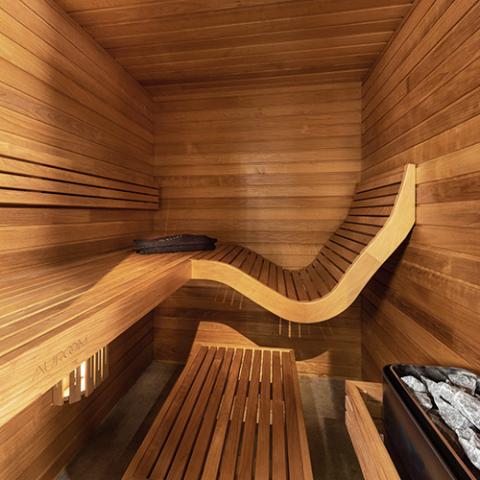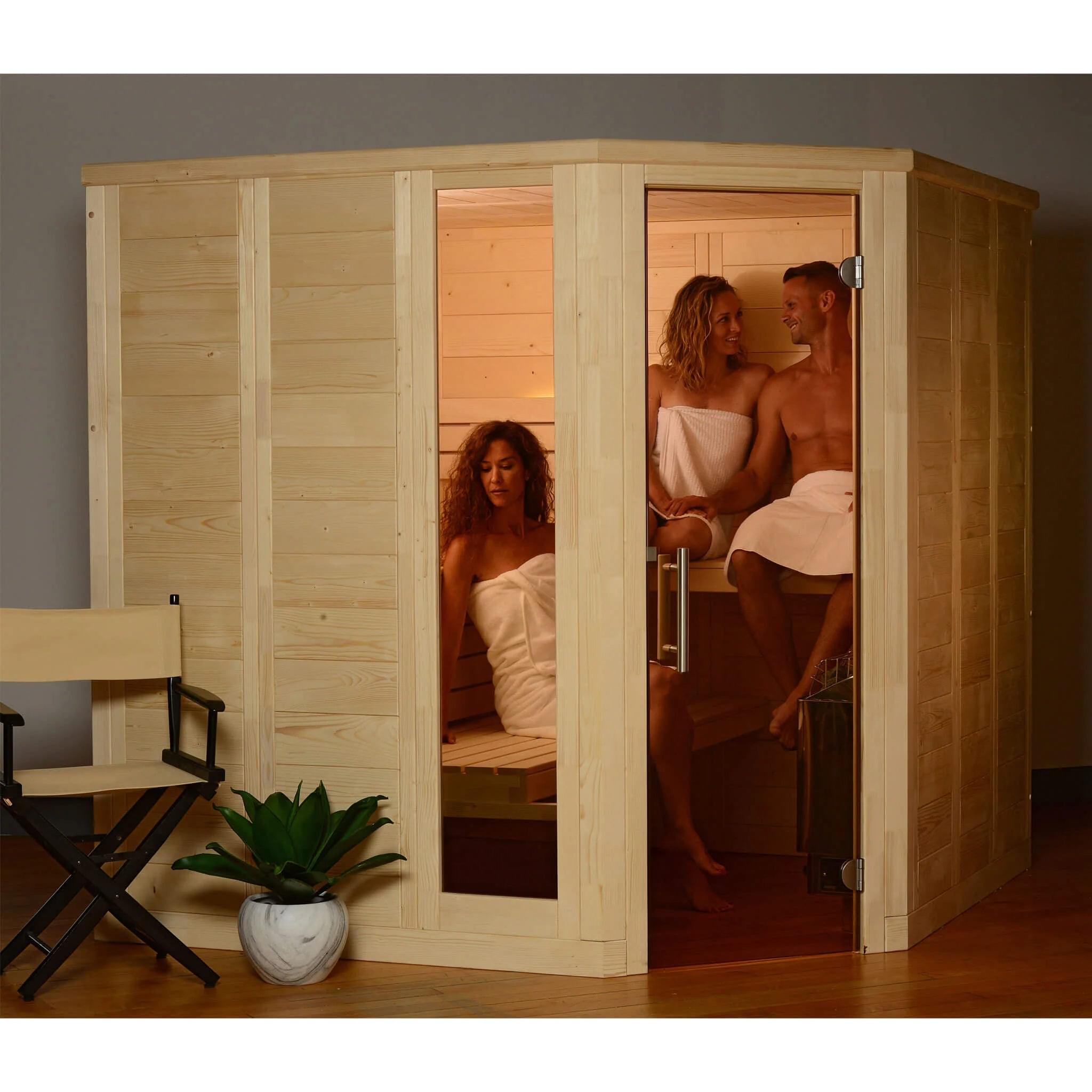Indicators on Traditional Sauna You Need To Know
Indicators on Traditional Sauna You Need To Know
Blog Article
10 Simple Techniques For Traditional Sauna
Table of ContentsThe Best Strategy To Use For Traditional SaunaThe Only Guide for Traditional SaunaNot known Factual Statements About Traditional Sauna More About Traditional SaunaThe 6-Minute Rule for Traditional Sauna
A lot of the weight lost in a sauna is water loss and is re-gained upon rehydrating. Without a doubt sauna can be an important component of a healthy and balanced weight loss program. To check out the distinctions between typical and IR saunas, I will certainly separate these right into verifiable, academic, and fabricated differences.Hence, the hottest factor in the saunawhich is at the ceiling directly over the sauna heateris typically between 185 and 190 F. Claims that a standard sauna exceeds 200 F is simply not real and not applicable for electrical saunas marketed in the US. The temperature for a far-infrared sauna is typically set in between 120 and 140 F; nevertheless, unlike the standard sauna, the objective in and IR room is not to achieve a high temperature level.
Because of this, the temperature level distinction is virtually unimportant, considering that excessive sweating results in both sauna kinds, but the technique of warming the body is various. In an IR sauna the bather will certainly feel hot and will sweat profusely, but at much reduced temperature levels (Traditional Sauna). Therefore, if the objective is to invest longer amount of times in the sauna, the IR sauna is a great selection
When a conventional sauna has been effectively warmed, the sauna walls are cozy, the air temperature has accomplished established temperature and the rocks are very heated. As a fascinating side note, the heated walls and the rocks are releasing far-infrared heat, incorporated with the warmed air, to develop an "enveloping warmth".
What Does Traditional Sauna Mean?

When the high temperature is accomplished, the components cycle on and off to maintain the heat. Most traditional sauna individuals delight in pouring water over the rocks to create steam to increase sauna humidity levels. The benefits of pouring water over the rocks include: making the area extra comfortable, moistening the nasal passages, and permitting the usage of aromatherapy by mixing important oils with the water.

When the energy gets in the body, it causes the body temperature to boost and eventually causes sweating. In an infrared sauna it is essential for the emitters/heaters to stay on almost constantly. Considering that there is no mass of rocks to retain heat, the sauna will cool if the emitters shut off.
As discussed over, the sauna bather in an infrared room desires to position himself in front of operating emitters to get maximum advantage from the heat. The home heating time for the two rooms can be very different, depending on just how the spaces are used. For a conventional sauna, a bather needs to permit 30-40 mins for the click here for info space to accomplish a desired temperature level and to properly pre-heat the rocks.
The Main Principles Of Traditional Sauna
A well built sauna will usually attain a temperature level of 150-160 F in regarding 30-40 mins. For hotter temperature levels, the area may need to warm for a longer duration.

Conventional saunas tend to be larger (therefore make use of more electricity) than infrared saunas, although typical saunas are definitely available in one and 2 individual dimensions. For a two-person conventional sauna, 5x6 or 5x7 dimension is most prominent. The leading bench can conveniently seat 2 or three people and is also enough time to relax during the sauna session.
The Ultimate Guide To Traditional Sauna
The typical expense per kWH of electrical power in the united state is about $0.11, so a 4.5 kW heating system will certainly cost about $.50 to run for one hour, if the heater runs constantly for one hour. Usually a sauna heating unit will compete 75% of the first hour and 50% of succeeding hours on since why not try here the elements cycle once the established temperature is attained.

There is a rarely talked about distinction in the social experience between the two spaces. While our society has lost some of the social benefit of the traditional sauna experience, it can be very socially rewarding (Traditional Sauna). From family time in the sauna, to heart-felt discussions with substantial others, to sauna partiesthe standard sauna experience can cause intimate interacting socially
Some Known Questions About Traditional Sauna.
Most greater end infrared spaces consist of colored light treatment, audio systems and full-glass fronts.
Report this page